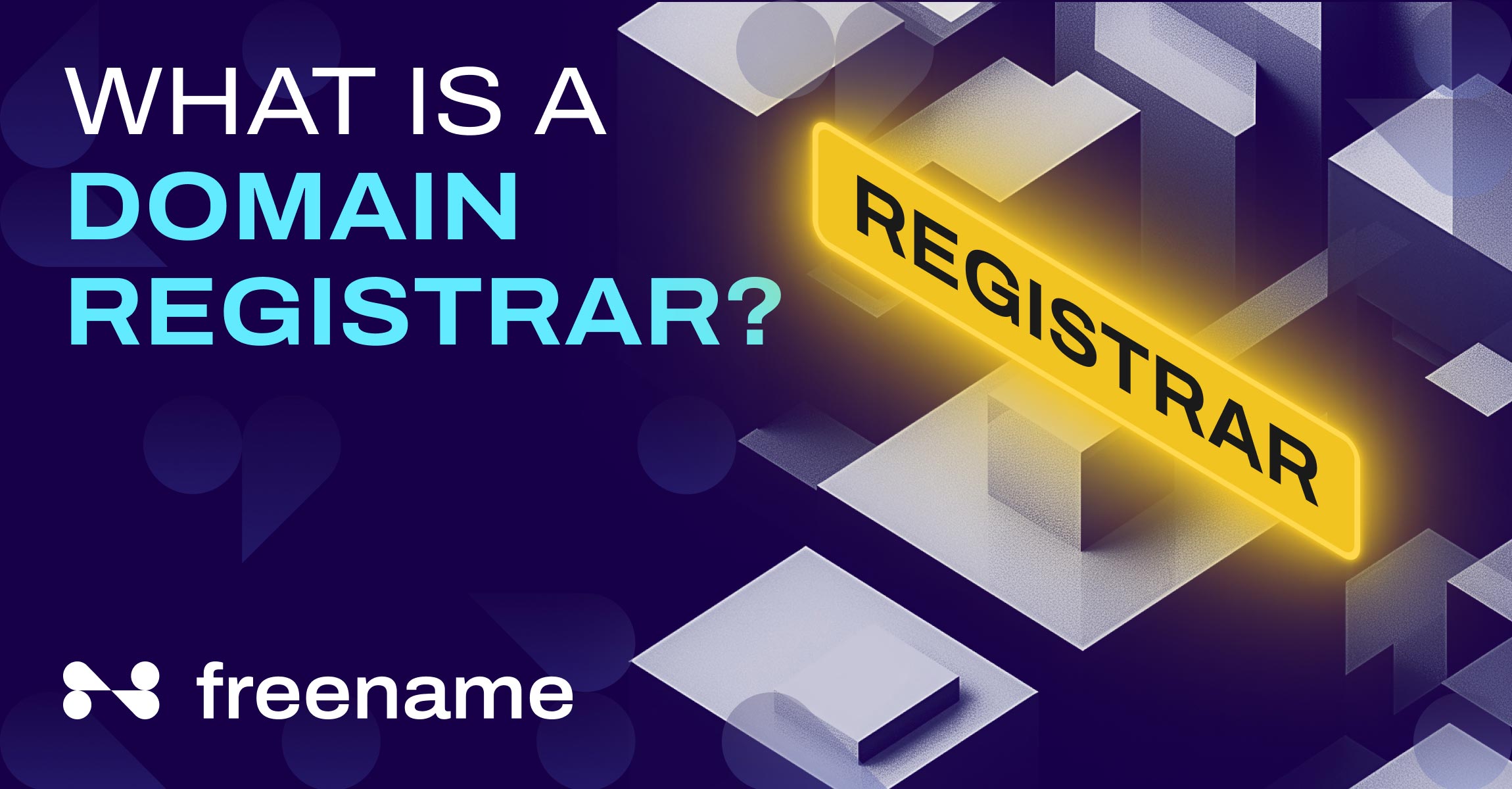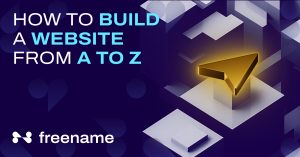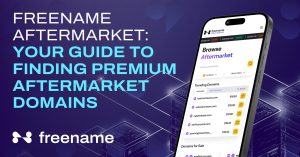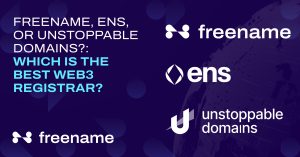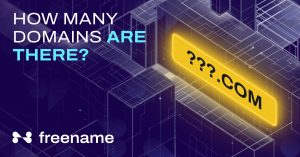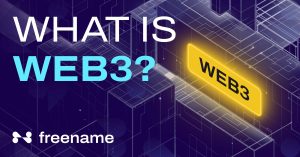For many, having a website is essential. Both businesses and individuals use websites to build their brands and engage with their target audience. For any website to go live, there’s a critical component no one can miss: a domain name.
That’s why, domain name registrars occupy a vital place in the digital world. A domain registrar is your gateway to getting a website up and running. It’s the service that allows you to search for, register, and manage a unique domain name—the address where visitors will find your site. Choosing the right one can make a big difference in your online success.
Let’s break down what a domain registrar is, how the system works, and what you should look for when selecting a registrar. We’ll also clear up the confusion between registrars, registries, and registrants so we can equip you with the knowledge to set up your domain successfully.
What Is a Domain Name Registrar?
A domain name registrar is a company authorized to sell and manage domain names. When you want to register a website address—like website.com—you go through a registrar to do it. These companies are accredited by regulatory bodies such as the Internet Corporation for Assigned Names and Numbers (ICANN) or national equivalents, depending on the domain extension (like .com, .org, or .uk).
The registrar acts as the middleman between you (the registrant) and the domain registry, which is the organization responsible for maintaining the database of all domain names under a particular extension. Once you choose a name and pay for it, the registrar ensures that your chosen domain is officially recorded and linked to your contact information.
How Domain Purchasing and Management Works
The process of getting a domain through a registrar typically involves:
- Searching for availability: You enter your desired domain name into the registrar’s search tool to see if it’s available.
- Registering the domain: If the name is available, you can register it for a period (usually one to ten years.)
- Managing your domain: Through your registrar’s platform, you can renew your domain, update contact info, change DNS settings, enable auto-renewal, and add privacy protection.
In essence, the domain registrar gives you the tools to buy, control, and maintain your web address.
What’s the Difference Between Registry, Registrar, and Registrant?
The terms registry, registrar, and registrant sound awfully similar, but don’t let them confuse you. Each has its own role in how domain names are created, distributed, and maintained. Learn their differences right here.
Registry
A registry is an authoritative organization that manages a specific top-level domain (TLD), such as .com, .org, or .net. Registries maintain the central database of all domain names registered under their TLD and publish the domain name system (DNS) records for those domains. They do not sell domains directly to individuals; instead, they work with registrars to distribute domain names.
Example: Verisign is the registry responsible for managing the .com and .net extensions.
Registrar
A registrar is a company accredited by ICANN (or a national authority) to sell domain names to the public on behalf of the registry. Registrars handle the customer-facing side of domain registration—allowing you to search for, register, renew, and manage domains. They also communicate any updates or changes you make to the registry.
Example: Freename is one of the most well-known domain registrars, offering domain registration along with security and website-building services.
Registrant
A registrant is a person or organization who registers and owns a domain name. When you register a domain through a registrar, you become the registrant. As the registrant, you have the right to use the domain for the registration period, and you’re responsible for keeping your contact information current and renewing the domain to maintain ownership.
Why the Registrar You Choose Matters
Choosing the right domain name registrar isn’t just about finding the cheapest price. The registrar you choose can significantly impact your website’s performance, security, and long-term reliability. Here’s why it matters:
Security and privacy
A good registrar prioritizes domain security. Features like two-factor authentication (2FA), domain lock, and WHOIS privacy protection help prevent unauthorized access and protect your personal information. Reputable registrars also stay compliant with global standards to ensure your domain remains secure and under your control.
DNS Management Tools
Your registrar should offer robust and easy-to-use DNS management tools. DNS settings determine how your domain connects to your website and email services. A registrar with a reliable control panel and quick DNS propagation helps ensure your site runs smoothly and any changes take effect without unnecessary delays.
Transparent Pricing and Renewal Policies
Some registrars lure users in with low first-year prices, only to hike renewal fees or tack on hidden charges for services like domain transfers or privacy protection. Look for registrars that offer clear, upfront pricing and no surprise fees, especially when it comes to domain renewals and add-ons.
Customer Support
If you run into issues with your domain—like expiration, technical problems, or configuration errors—responsive and knowledgeable customer support can make all the difference. A reliable registrar will provide multiple support channels and timely help, especially during critical situations.
One standout option is Freename.io. Freename is an ICANN-accredited domain registrar that doesn’t only support standard domain extensions like .com and .org but is also a pioneer in Web3 domains, giving users the ability to register, manage, and even monetize blockchain-based domain names.
With Freename, users can register for both Web2 and Web3 domains in one place, mint Web3 domains as NFTs, and earn royalties by creating and sharing new TLDs. Users can also maintain full control and ownership of their digital identity with Web3 domains. Whether you’re launching a website or exploring the decentralized web, Freename hands you the tools and flexibility to manage your domain confidently.
How to Register a Domain Name
Registering a domain is quick and simple. Here’s a straightforward guide to registering a domain name:
- Search your domain: Use a registrar’s search tool to find an available name that matches your brand or purpose.
- Choose an extension: Pick a domain ending (like .com, .org, .io) that fits your audience or industry.
- Add to cart: Select your domain and consider any helpful add-ons, such as WHOIS privacy or domain protection.
- Enter your info: Create an account and provide accurate contact details for domain registration.
- Checkout: Choose your registration term, confirm your selections, and pay.
- Manage your domain: After registering, access your dashboard to update settings, connect to a website, or enable security features.
With just a few steps, you can secure your corner of the internet. Choosing the right registrar ensures the process is smooth and gives you the tools to build your brand online from day one.

